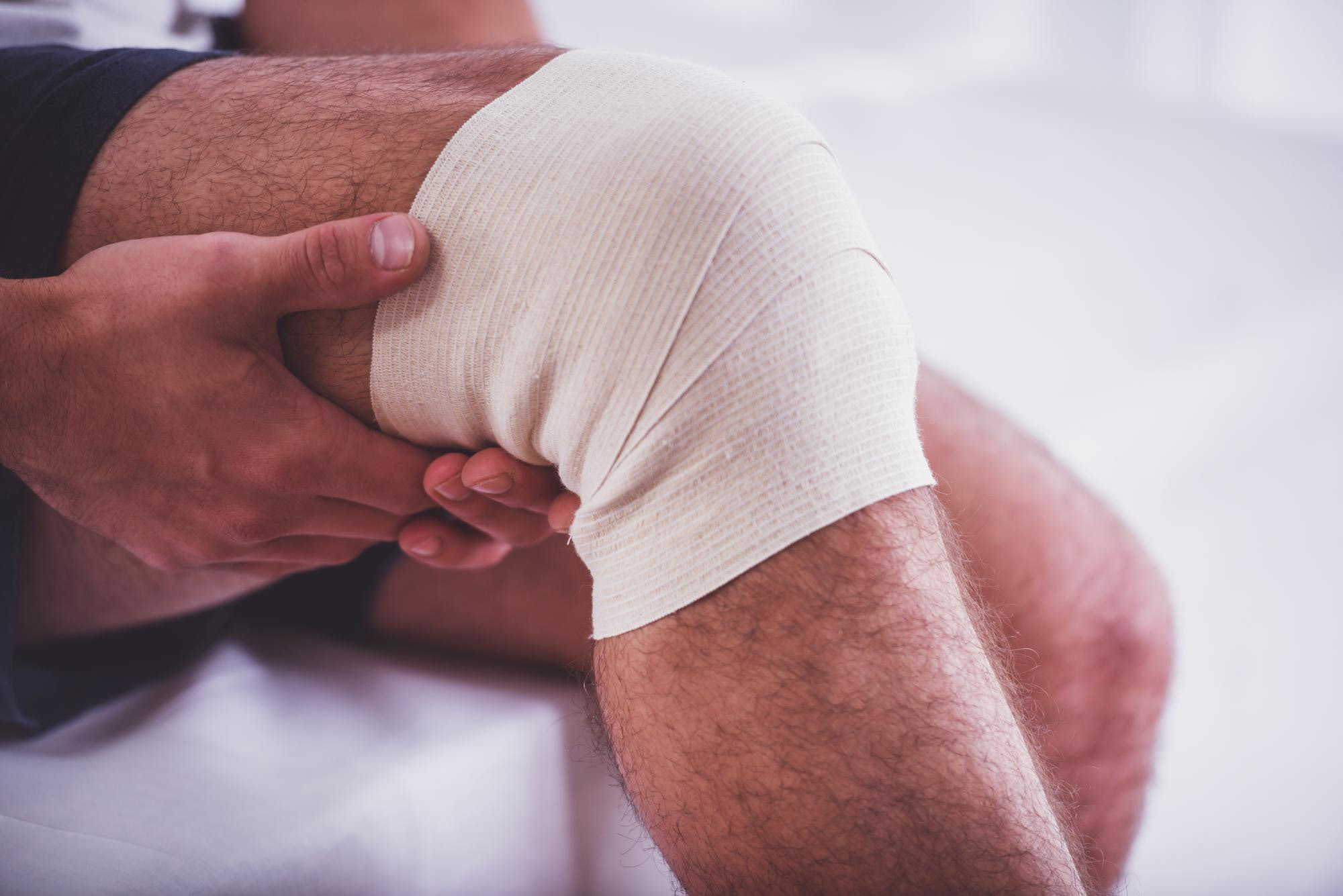Services

Articular cartilage is the smooth, shiny, white tissue covering the ends of the bones. Healthy joint cartilages make it easier to move, as they are the joints’ bearing surfaces which allow the bones to glide over each other with very little friction, keeping them from rubbing together.
The articular cartilage can be damaged by even the normal wear and tear (degenerative), or by injury (i.e. traumatic falls, sudden change in direction while playing a sport). This can be from a small tear in the top layer to an extensive tear to the bone. Common cartilage damages, also known as chondral lesions are:
- Chondromalacia / Degenerative Chondrosis (Cartilage tears away unevenly, with shallow walls)
- Osteochondritis Dissecans / Osteochondral Fracture (Cartilage breaks away with a piece of the bone)
- Chondral Flap (Cartilage separates from the bone and moves like a door with a hinge at one end)
- Chondral Fracture (Cartilage separates from the bone and floats free)
Symptoms
- Intermittent swelling - This is often the only symptom. The loose cartilage fragments floating in the knee can cause swelling to occur.
- Pain - Pain with prolonged walking or climbing stairs can occur.
- Giving way - The knee may occasionally buckle or give way when weight is placed upon it.
- Locking or catching - The loose, floating pieces of cartilage may block the joint as it bends, causing the knee to lock.
- Noise - The knee may make noise (crepitus)during motion, especially if the cartilage on the back of the kneecap is damaged.

An articular cartilage injury, or chondral injury, may occur as a result of a pivot or twist on a bent knee, similar to the motion that can cause a meniscus tear. Damage may also be the result of a direct blow to the knee. Chondral injuries may accompany an injury to a ligament, such as the anterior cruciate ligament. Small pieces of the articular cartilage can actually break off and float around in the knee as loose bodies, causing locking, catching, and/or swelling. More often, there is no clear history of a single injury. The patient's condition may, in fact, result from a series of minor injuries that have occurred over time. Articular cartilage also wears down as a person ages.
- Repetitive knee injuries
- Excessive stress on the knee joint
- Abnormal development in the legs and knees

Articular cartilage lesions in weight-bearing joints often fail to heal on their own and may be associated with pain, loss of function and long-term complications such as osteoarthritis. The treatment for chondral injuries ranges from conservative, to arthroscopic and open surgeries (arthroscopic debridement, marrow-stimulating techniques, autologous chondrocyte transfers and implantation, and allografts), and would depend on the patient’s, age, grade, and quality of the lesion.
- Medications such as analgesics and NSAIDs,
- Hormones, glucosamine/chondroitin (cartilage-protective agents),
- Steroid/hyaluronic acid injection
- Hyaluronic acid works as a lubricant and cushion in the joints and other tissues, affecting the weight-bearing ability and the body’s response to injury.
- Mechanical approaches
- Weight loss
- Rest
- Canes and braces – keep the load off the affected joints
- Physiotherapy should also be considered.

Each part of the knee joint like the bones, ligaments and cartilage should have a physical connection to one another. Patients can prevent osteochondral defects in the knee by preserving these connections. Injuries and abnormal development can cause this problem so prevent it with:
- Even weight balance between both knees
- Rest for the knee after any injury
- Regular doctor appointments as children start growth spurts

